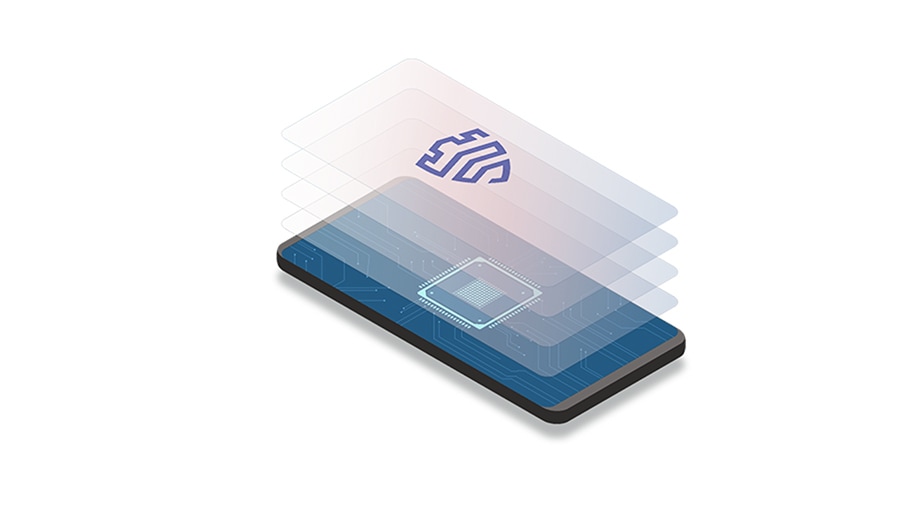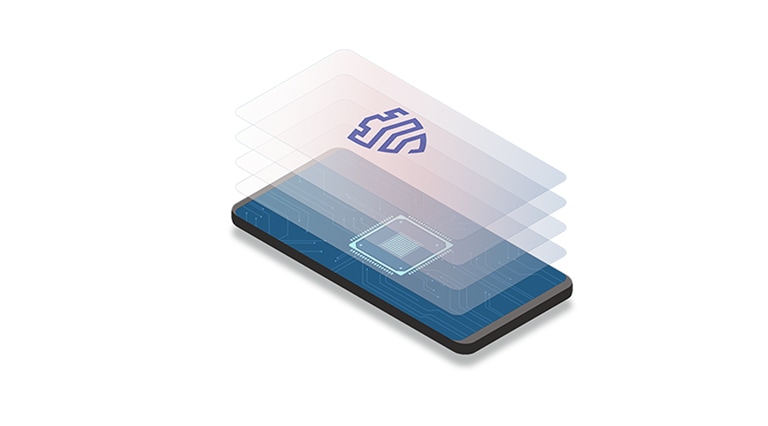Cybersecurity in the age of remote working
INSPIRATION
Cybersecurity in the age of remote working
No thanks to the disruption Covid-19 has caused, the most vulnerable targets of cyber attacks are now those working from home. Here’s what you can do.


What your employees can do
What you can do
Find out more about Knox here.
Charmian Leong is a luxury lifestyle writer who has spent over a decade investigating fancy things and people. Prior to choosing the unpredictable path of a freelancer, she was covering leaders and libations (not at the same time) at The Peak Singapore.
You are invited
Get ready for exclusive access to in-depth features with thought leaders, invitations to bespoke events, editorial beats on innovation, and first dibs on the latest Samsung products. Also be the first in line to reZerve your monthly delights of new experiences at no charge. Join our mailing list today.
Subscribe




